Claude Monet was a French painter and one of the masters of Impressionism. He was born in Paris on November 14, 1840, but spent all his childhood in Le Havre on the Northwestern coast of France. The son of a merchant, he showed a precocious talent for making caricatures and enrolled in painting and drawing classes. He developed a special passion for landscapes at an early age. His first teacher, Eugène Boudin, advised him to paint en plein air, in other words outdoors. By working directly in front of his subjects, Monet was able to capture colors and light in his landscapes.
At 19 he moved to Paris, where he befriended artists who shared his goal of innovating art. Monet and his companions set aside academic rules and painted contemporary subjects instead of drawing upon the past. Their style aimed to reproduce images as they were seen with the naked eye. Monet's paintings depicted modern life, from urban scenes to leisurely outdoor settings. He eliminated outline drawing and painted with small strokes of pure color, favoring brilliant, luminous hues. Exceptional works from the period beginning after 1865 include “Women in the Garden” [1866] and “La Grenouillère” [1869]. In 1874 Monet and his colleagues organized an exhibition in Paris in the studio of a photographer named Nadar. The exhibition included Monet's “Impression, Sunrise” [1872], which he painted in Le Havre in 1872. The title gave rise to the new name for Monet's movement, Impressionism. While critic Louis Leroy coined the term sarcastically, Monet and his companions embraced it and presented themselves as Impressionist painters from then on. Visual impressions were in fact Monet's main interest, and he used blurry brush strokes to capture the way the human eye perceives color.
Monet’s most representative works include his views of Argenteuil, which he painted while on a boat, and his many urban landscapes that convey the dynamism of a modern city. Near the end of the 1880s, Monet started to paint works that represented the same subjects, but at different times of day and in different seasons. He documented the way weather and various kinds of lighting effected his subjects. The same approach can be seen in his paintings of “Water Lilies” in his Giverny garden. Monet died on December 5, 1926, in Giverny. He was 86.
At 19 he moved to Paris, where he befriended artists who shared his goal of innovating art. Monet and his companions set aside academic rules and painted contemporary subjects instead of drawing upon the past. Their style aimed to reproduce images as they were seen with the naked eye. Monet's paintings depicted modern life, from urban scenes to leisurely outdoor settings. He eliminated outline drawing and painted with small strokes of pure color, favoring brilliant, luminous hues. Exceptional works from the period beginning after 1865 include “Women in the Garden” [1866] and “La Grenouillère” [1869]. In 1874 Monet and his colleagues organized an exhibition in Paris in the studio of a photographer named Nadar. The exhibition included Monet's “Impression, Sunrise” [1872], which he painted in Le Havre in 1872. The title gave rise to the new name for Monet's movement, Impressionism. While critic Louis Leroy coined the term sarcastically, Monet and his companions embraced it and presented themselves as Impressionist painters from then on. Visual impressions were in fact Monet's main interest, and he used blurry brush strokes to capture the way the human eye perceives color.
Monet’s most representative works include his views of Argenteuil, which he painted while on a boat, and his many urban landscapes that convey the dynamism of a modern city. Near the end of the 1880s, Monet started to paint works that represented the same subjects, but at different times of day and in different seasons. He documented the way weather and various kinds of lighting effected his subjects. The same approach can be seen in his paintings of “Water Lilies” in his Giverny garden. Monet died on December 5, 1926, in Giverny. He was 86.
RELATED


GUSTAVE COURBET


AMEDEO MODIGLIANI


CHARLES BUKOWSKI


FRANK GEHRY
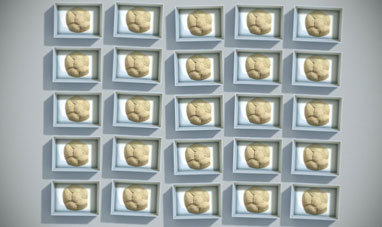

PIERO MANZONI


CARA DELEVINGNE
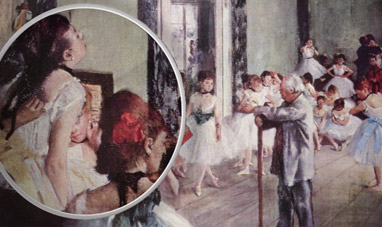

THE DANCE CLASS
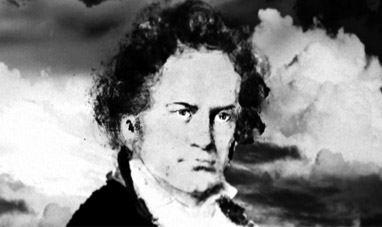

LUDWIG VAN BEETHOVEN


RUDOLF NUREYEV
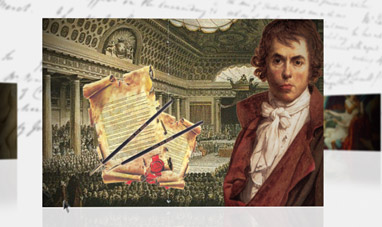

JACQUES LOUIS DAVID


JEAN AUGUSTE DOMINIQUE INGRES
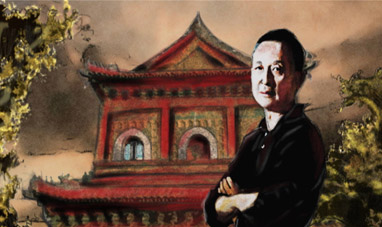

GAO XINGJIAN


MARILYN MONROE
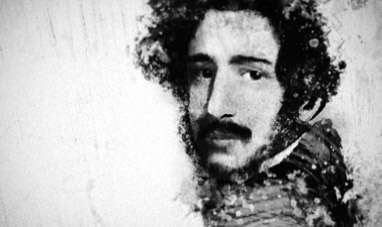

GAETANO DONIZETTI


WOODY ALLEN
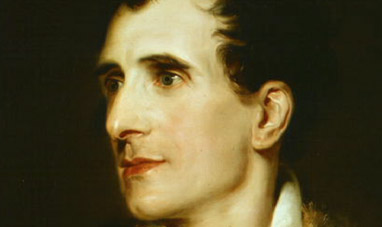

ANTONIO CANOVA
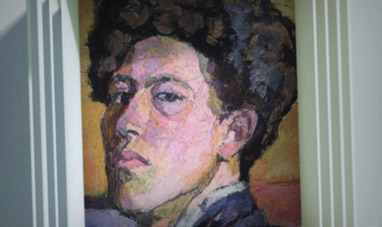

ALBERTO GIACOMETTI
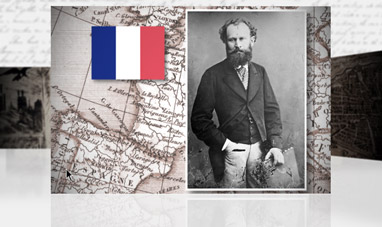

EDOUARD MANET
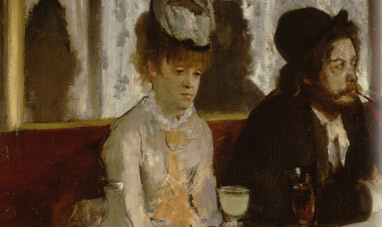

L'ABSINTHE
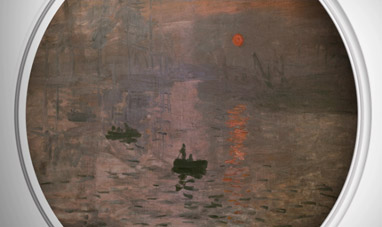

IMPRESSION, SUNRISE
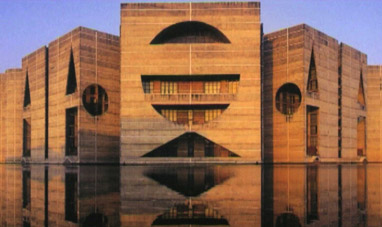

LOUIS KAHN
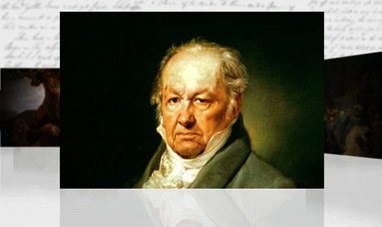

FRANCISCO GOYA


FRANCESCO BORROMINI


ERNST LUDWIG KIRCHNER
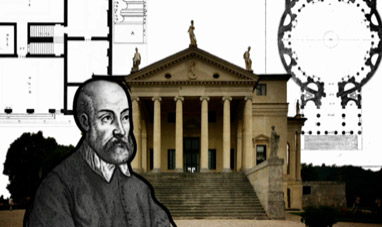

ANDREA PALLADIO


GEORGES MÉLIÉS


WATER LILIES (SERIES)
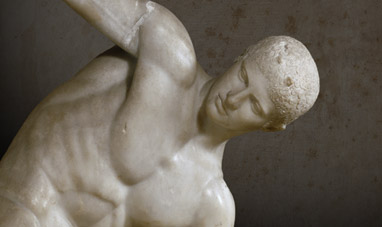

MYRON


EURIPIDES
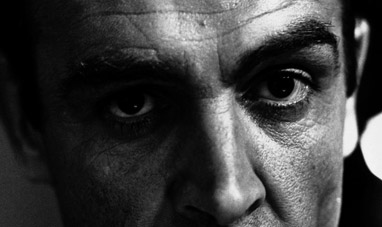

SEAN CONNERY
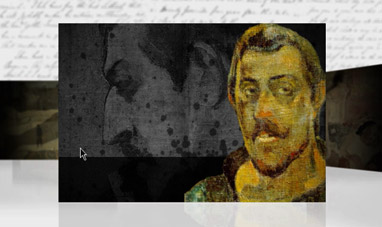

PAUL GAUGUIN


JOEL AND ETHAN COEN


MERCE CUNNINGHAM
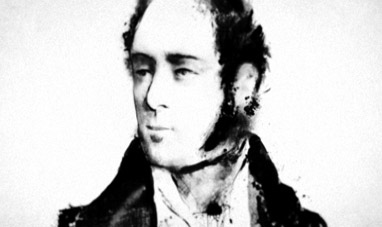

VINCENZO BELLINI


GÜNTER GRASS


RENZO PIANO
